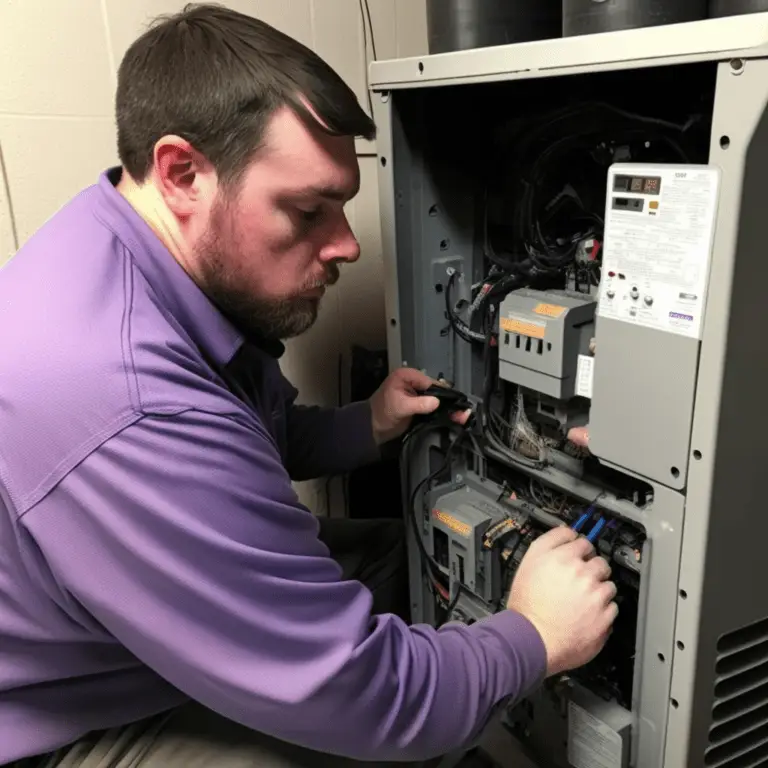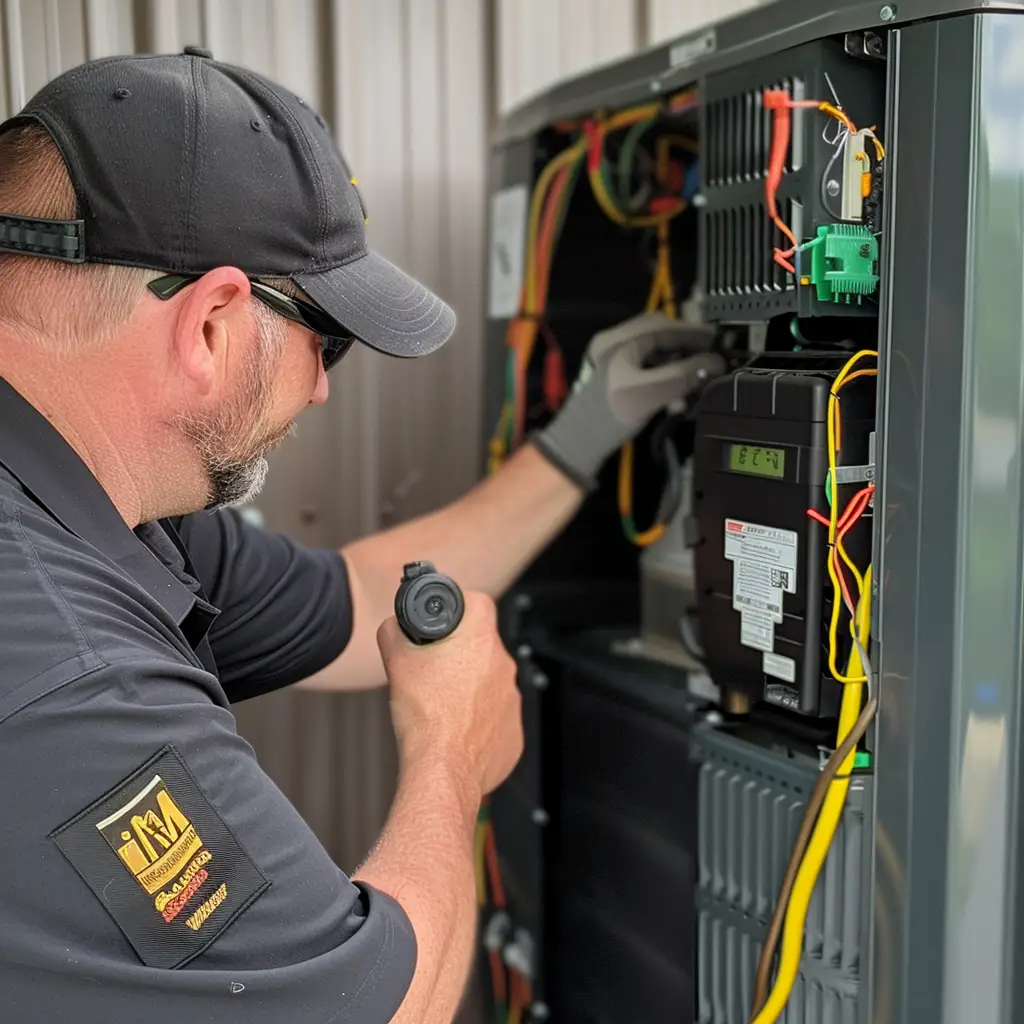Welding a heat exchanger can be a complex process, and it requires specialized knowledge and expertise to achieve the desired results. However, it is not impossible to weld a heat exchanger, and it can be done with the right equipment, materials, and techniques. In this article, we will explore the process of welding a heat exchanger and provide you with the necessary information to do it correctly.
1. Understand the Basics of Heat Exchangers
Before we delve into the welding process, it is essential to have a fundamental understanding of what a heat exchanger is and how it works. A heat exchanger is a device that transfers heat between two or more fluids, typically one hot and one cold. The fluids flow through separate channels within the exchanger, allowing for the transfer of heat without the fluids coming into direct contact with one another.
Heat exchangers are used in a variety of industries, including chemical, oil and gas, HVAC, and power generation. They can be found in many applications, such as air conditioning systems, refrigeration units, and industrial processing equipment.
2. Determine the Type of Heat Exchanger and Material
There are several types of heat exchangers, and each requires a different welding approach. Some common types of heat exchangers include shell and tube, plate and frame, and spiral.
Once you have identified the type of heat exchanger, you will need to determine the material used in its construction. The most common materials used for heat exchangers include stainless steel, carbon steel, and copper. Each material has its unique properties and requires different welding techniques.
3. Select the Right Welding Process and Technique
There are several welding processes that can be used to weld a heat exchanger, including TIG, MIG, and stick welding. The choice of welding process will depend on the material used in the heat exchanger and the desired outcome.
TIG welding is typically the preferred welding process for heat exchangers due to its ability to produce precise, high-quality welds. However, MIG welding can be a viable option for thicker materials, while stick welding is ideal for field repairs.
When welding a heat exchanger, it is essential to use the appropriate welding technique. One of the most critical factors to consider is the joint design, which can affect the strength and durability of the weld.
4. Prepare the Surface and Welding Area
Before you start welding, you must prepare the surface and welding area thoroughly. The surface should be clean and free of any contaminants, such as rust, grease, and oil. The welding area should also be free of any debris or obstructions that could interfere with the welding process.
It is also essential to ensure that the heat exchanger is properly secured and supported to prevent any movement during welding. This can be achieved by using clamps or fixtures to hold the heat exchanger in place.
5. Weld the Heat Exchanger
Once the surface and welding area are prepared, you can start welding the heat exchanger. The welding process should be carried out carefully and precisely, following the welding technique and process selected.
It is essential to monitor the welding temperature to ensure that it does not exceed the recommended limits. Welding temperature can affect the properties of the material and the quality of the weld.
- Weld the Heat Exchanger Once the surface and welding area are prepared, you can start welding the heat exchanger. The welding process should be carried out carefully and precisely, following the welding technique and process selected.
It is essential to monitor the welding temperature to ensure that it does not exceed the recommended limits. Welding temperature can affect the properties of the material and the quality of the weld.
6. Post-Welding Inspection
After the welding process is complete, it is essential to perform a post-welding inspection to ensure that the weld is of high quality and meets the required standards. The inspection should include a visual examination of the weld, a non-destructive examination, and a pressure test.
Conclusion
Welding a heat exchanger is a complex process that requires specialized knowledge and expertise. It is crucial to understand the basics of heat exchangers, select the right welding process and technique, and prepare the surface and welding area before starting. The welding process should be carried out carefully and precisely, and a post-welding inspection should be performed to ensure the weld is of high quality and meets the required standards.
At AirPoint, we understand the importance of a properly functioning heat exchanger, and we are dedicated to providing high-quality services to our clients. As a Carrier factory authorized dealer and NATE certified in Toronto, we have the highest title of dealership with Carrier, meaning we have the knowledge and expertise to handle any heat exchanger-related issues. We have been awarded HomeStars Best of the Best 2022 and have received five-star ratings on Google and HomeStars, showcasing our commitment to providing exceptional customer service.
If you’re in need of heat exchanger services, don’t hesitate to contact us. We’re happy to help with any of your heating and cooling needs.
To learn more about the process about the process of replacing a heat exchanger, watch this video by HVAC Tech Tips
5 Additional Common Questions About Welding Heat Exchangers
Can you weld a heat exchanger in a furnace?
It is not recommended to weld a heat exchanger in a furnace as the welding process can generate heat and potentially damage other parts of the furnace. It is best to remove the heat exchanger and weld it in a separate location.
How much does it cost to fix a heat exchanger on a furnace?
The cost to fix a heat exchanger on a furnace can vary depending on the extent of the damage and the type of furnace. On average, the cost can range from $500 to $1500, with some repairs costing even more.
Can you fix a leaking heat exchanger?
It is not recommended to fix a leaking heat exchanger as it can compromise the safety of the furnace and lead to carbon monoxide leaks. In most cases, it is recommended to replace the heat exchanger.
What is the average life of a furnace heat exchanger?
The average life of a furnace heat exchanger can vary depending on the type of furnace and the frequency of maintenance. On average, a furnace heat exchanger can last anywhere from 15 to 20 years.
What are the four types of heat exchanger failures?
The four types of heat exchanger failures are thermal fatigue, corrosion, mechanical failure, and erosion/corrosion. Thermal fatigue is caused by repeated heating and cooling, corrosion is caused by chemical reactions, mechanical failure is caused by stress or deformation, and erosion/corrosion is caused by a combination of mechanical and chemical factors.





